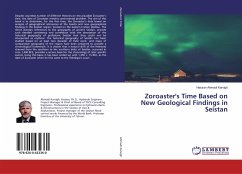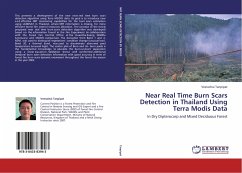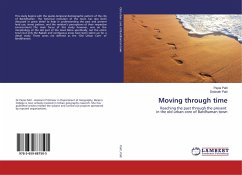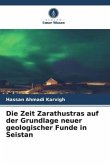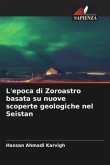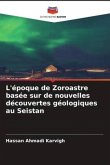Despite countless number of different theories on the plausible Zoroaster's time, the date of Zoroaster remains controversial problem. The aim of this book is to determine, for the first time, the Zoroaster's date based on analysis of geographical references of the Avesta and new geographical findings in the Seistân region, located on the eastern Iranian plateau. The direct Avestan references to the geography of ancient Seistan, provide such detailed consistency and correlation with the description of the historical geography of prehistoric Seistân that they could not be interpreted as mythical. The historical geography of Seistân has been studied based on at least two decades of field work, and maps of comparative geography of the region have been prepared to provide a chronological framework. It is shown that a natural shift of the Helmand channel from the southern to the northern delta of Seistân, occurred in circa 1,400 BCE, provides a secure basis for the chronology of laterspecific events. Using this basis, it has been ended up with 1,350 ± 15 BCE, as the date of Zoroaster when he first came to the Vishtâspa's court.
Bitte wählen Sie Ihr Anliegen aus.
Rechnungen
Retourenschein anfordern
Bestellstatus
Storno

